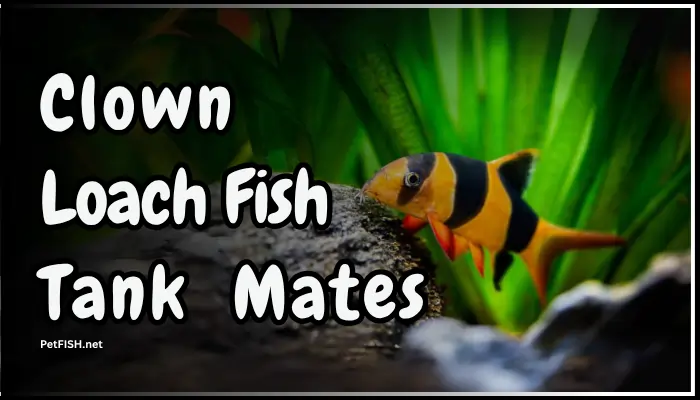Clown Loaches are colorful and lively additions to freshwater aquariums. Known for their playful behavior and unique appearance, these fish thrive in community tanks.
However, selecting the right tank mates is crucial for their well-being and the harmony of the aquarium. Clown Loaches are social creatures that prefer to be in groups, so keeping them with compatible species enhances their natural behavior and reduces stress.
Understanding their needs and compatible tank mates will help create a thriving aquatic environment that showcases the beauty of these fascinating fish.
When considering tank mates for Clown Loaches, it’s essential to choose species that share similar water parameters and temperaments.
Clown Loaches prefer slightly acidic to neutral water and a temperature range of 75°F to 86°F. They are generally peaceful but can be somewhat territorial, especially in smaller spaces.
Ideal tank mates should be active swimmers and not overly aggressive. This article will explore the best tank mates for Clown Loaches, ensuring a harmonious community tank that benefits all fish involved. With the right choices, you can create a vibrant underwater ecosystem.
In this article:
- Compatible Fish Species
- Understanding Clown Loaches
- Ideal Tank Mates for Clown Loaches
- Fish to Avoid
- Tank Size Considerations
- Behavioral Dynamics in the Tank
- Creating a Harmonious Tank Environment
Compatible Fish Species
Several fish species are compatible with Clown Loaches, enhancing the community tank experience. Some excellent choices include the following: Danios, which are active swimmers; Platies, known for their peaceful nature; and larger varieties of Tetras, such as the Neon Tetra.
Other suitable companions include Corydoras Catfish, which dwell at the bottom of the tank and won’t compete for space.
These species not only share similar water requirements but also contribute to the overall activity and aesthetics of the aquarium, creating a lively and engaging environment for all inhabitants.
Tank Mates:
- Corydoras Catfish – Peaceful and perfect bottom buddies.
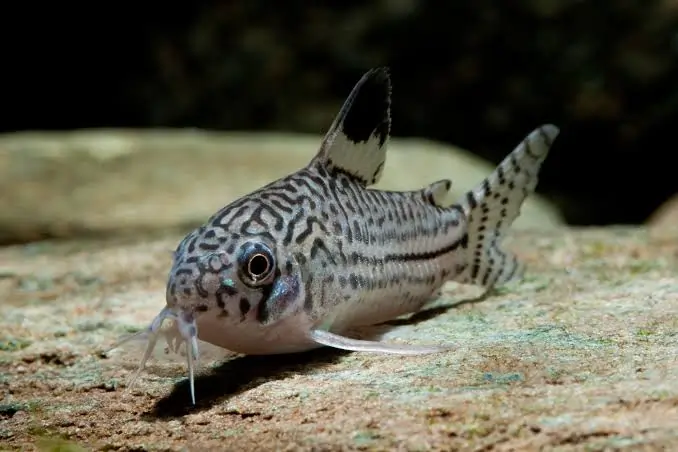
- Rainbowfish – Fast, colorful, and full of energy.
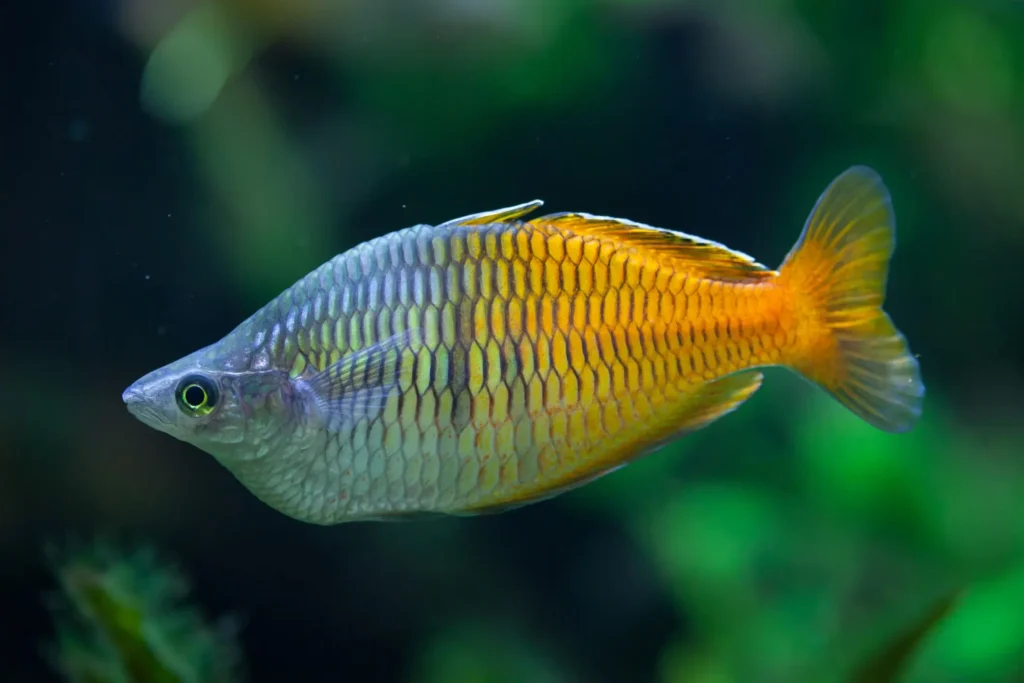
- Gouramis (Pearl or Dwarf) – Calm and visually striking.
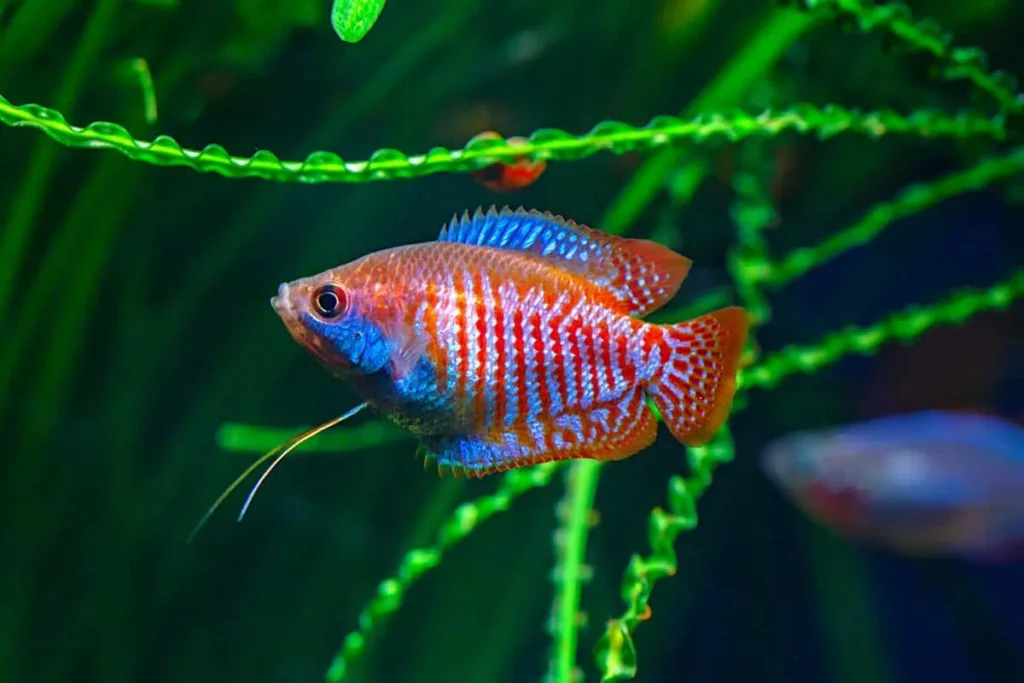
- Angelfish – Peaceful if raised together.
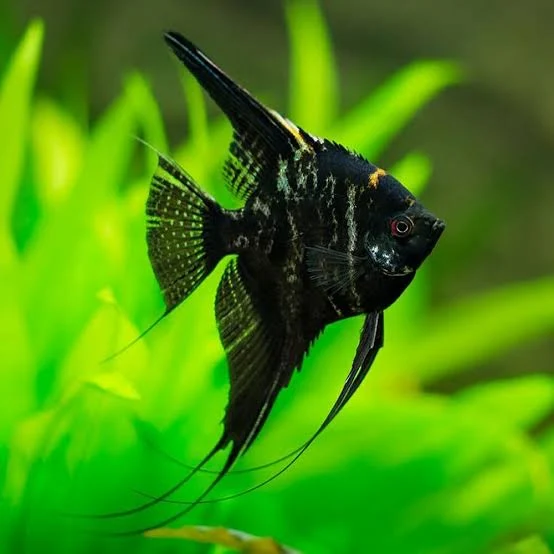
- Tetras (Larger types like Congo or Black Skirt) – Schooling and friendly.
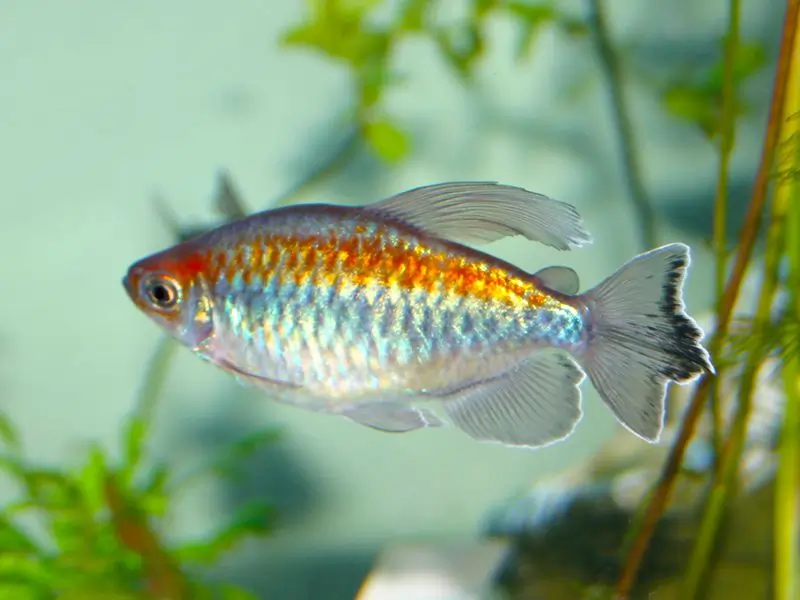
- Bristlenose Plecos – Peaceful algae eaters.
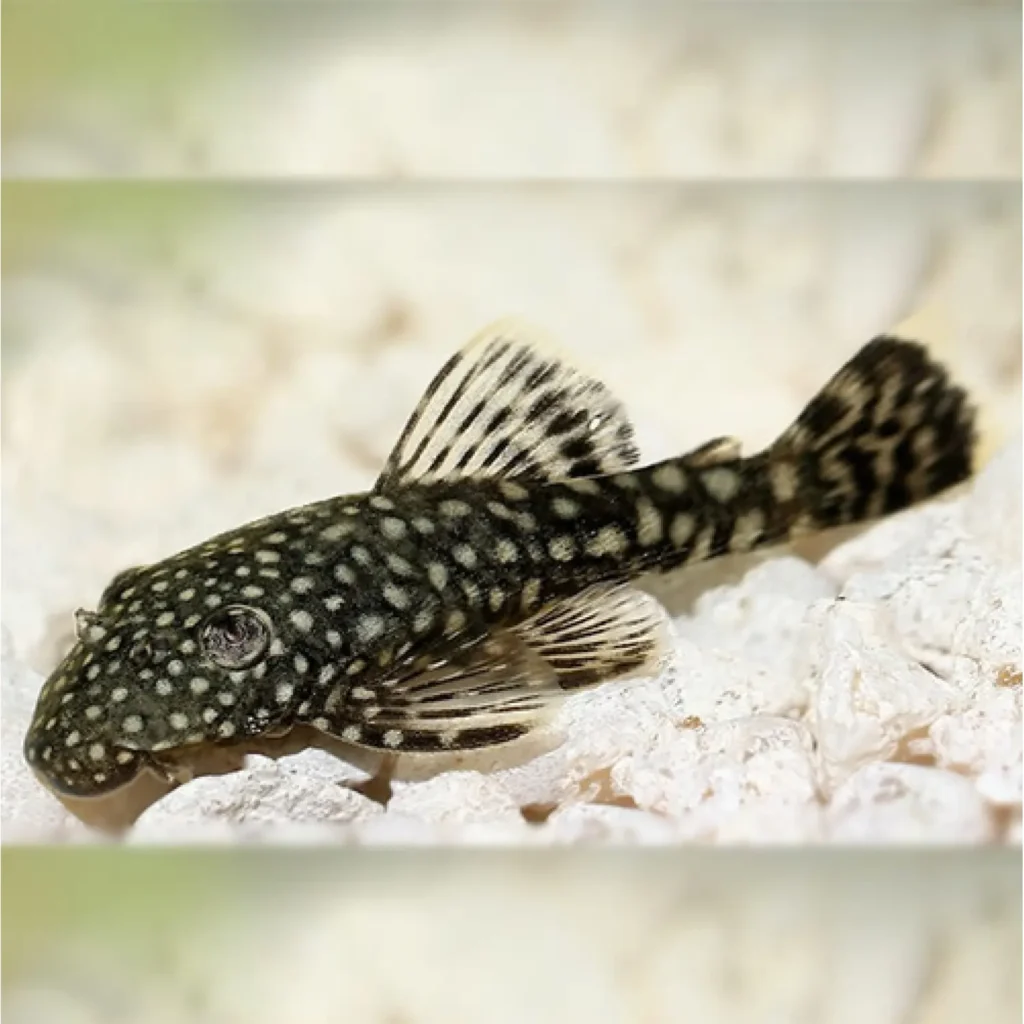
- Silver Dollars – Fast, peaceful, and love groups.
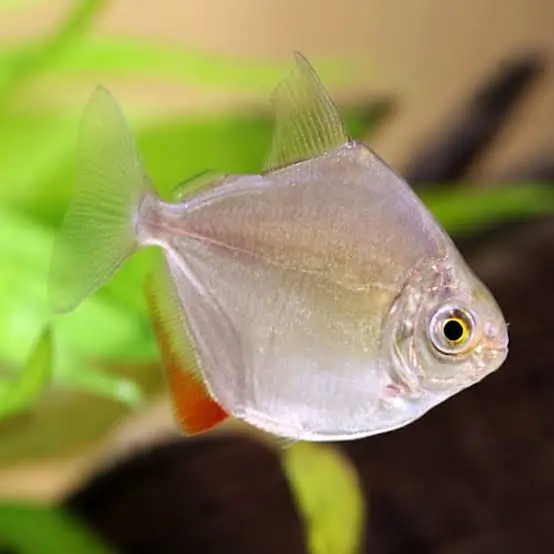
- Swordtails or Mollies – Active, community-safe livebearers.
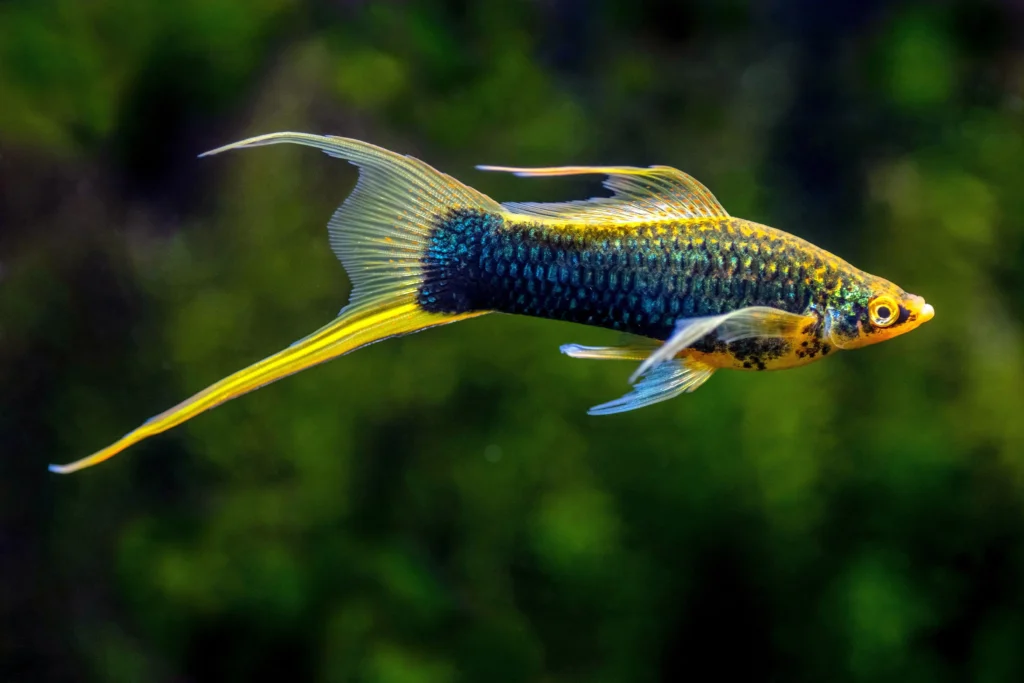
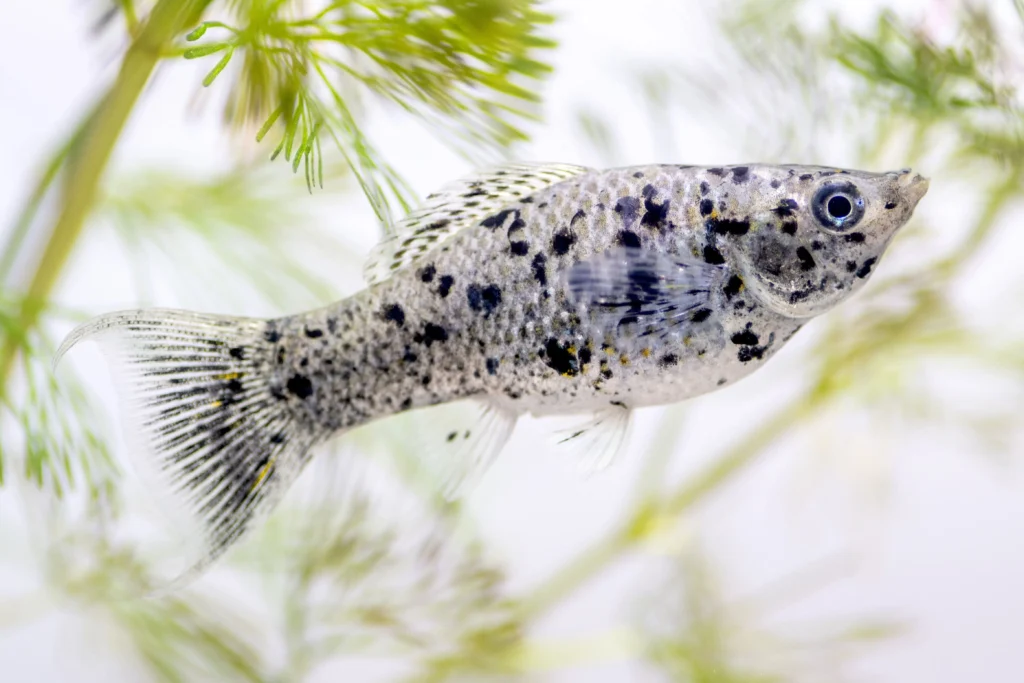
Understanding Clown Loaches
Clown Loaches, scientifically known as Chromobotia macracanthus, are native to the rivers of Southeast Asia. They are known for their striking orange and black striped patterns, making them a popular choice among aquarium enthusiasts.
As social creatures, they thrive in groups of at least three or more, which helps reduce stress and encourages natural behaviors.
Clown Loaches are also known for their playful antics, often seen swimming around or foraging in the substrate for food. Understanding their natural habitat and behavior is essential for selecting compatible tank mates and maintaining a healthy aquarium.
Ideal Tank Mates for Clown Loaches
When selecting tank mates for Clown Loaches, look for species that are similarly peaceful and enjoy similar water conditions.
Ideal tank mates include other loaches, such as Yoyo Loaches and Botia Loaches, as well as larger tetras like the Congo Tetra and peaceful cichlids like the Angelfish.
Additionally, species like Gouramis, Rasboras, and Rainbowfish can coexist well with Clown Loaches. These fish share similar temperaments and will contribute to a lively and dynamic aquarium environment.
Always ensure that the tank is spacious enough to accommodate the social needs of all species involved.
Fish to Avoid
While many fish can coexist peacefully with Clown Loaches, some species should be avoided to ensure a harmonious tank.
Aggressive fish, like Cichlids or certain species of Barbs, may bully or stress the Clown Loaches. Additionally, smaller fish that may be seen as food, such as Guppies or small Rasboras, should be kept out of the tank.
It’s also advisable to avoid fin-nipping species, as Clown Loaches have long, flowing fins that could attract unwanted aggression. Being mindful of tank mates will help maintain a peaceful and healthy aquarium environment.
Tank Size Considerations
The size of your aquarium plays a significant role in the health and happiness of Clown Loaches and their tank mates. Ideally, a minimum tank size of 75 gallons is recommended for a group of Clown Loaches, as they require ample swimming space and hiding spots.
Larger tanks allow for better water quality management and reduce territorial disputes among fish. When planning a community tank, consider the adult size of all species involved and ensure that there is enough space for each fish to thrive without overcrowding or stress.
Behavioral Dynamics in the Tank
Understanding the behavioral dynamics of Clown Loaches and their tank mates is crucial for creating a peaceful environment.
Clown Loaches are social and enjoy the company of their own kind, often engaging in playful interactions. When introducing new fish, it’s essential to monitor their behavior, as some species may establish hierarchies or territorial disputes.
Providing plenty of hiding spots and visual barriers, such as plants and decorations, can help reduce stress and aggression. Observing interactions among fish will help ensure that all species coexist peacefully and thrive in the shared habitat.
Creating a Harmonious Tank Environment
To create a harmonious tank environment for Clown Loaches and their mates, focus on maintaining stable water parameters, providing ample hiding spots, and ensuring a balanced diet.
Regular water changes and proper filtration are essential for keeping the aquarium clean and healthy. Incorporating live plants and decorations can enhance the aesthetic appeal of the tank while offering shelter for shy or timid fish.
Lastly, always introduce new fish gradually and observe their interactions to ensure a peaceful coexistence. By prioritizing the needs of all species, you can create a thriving community aquarium.

